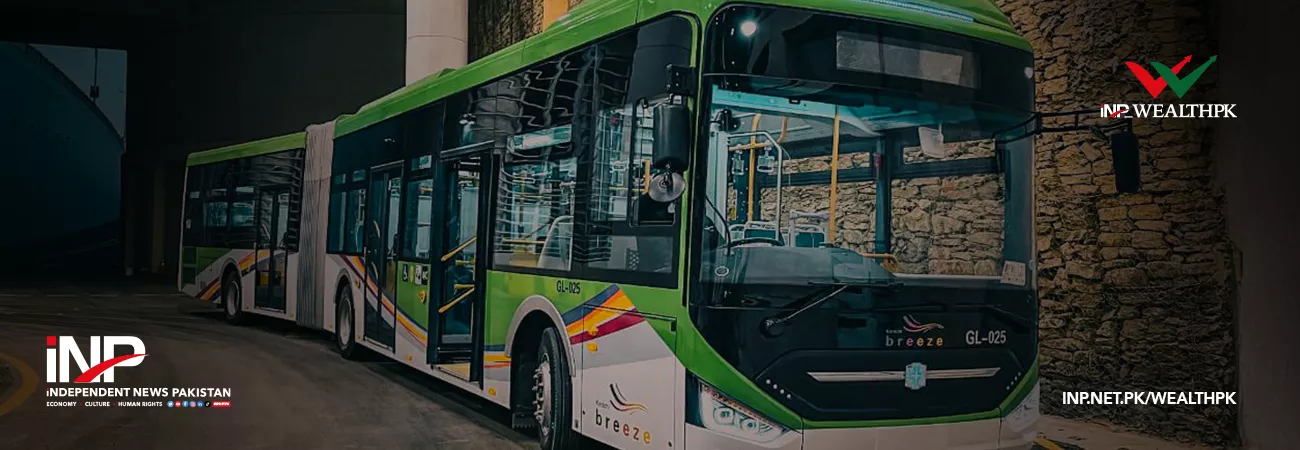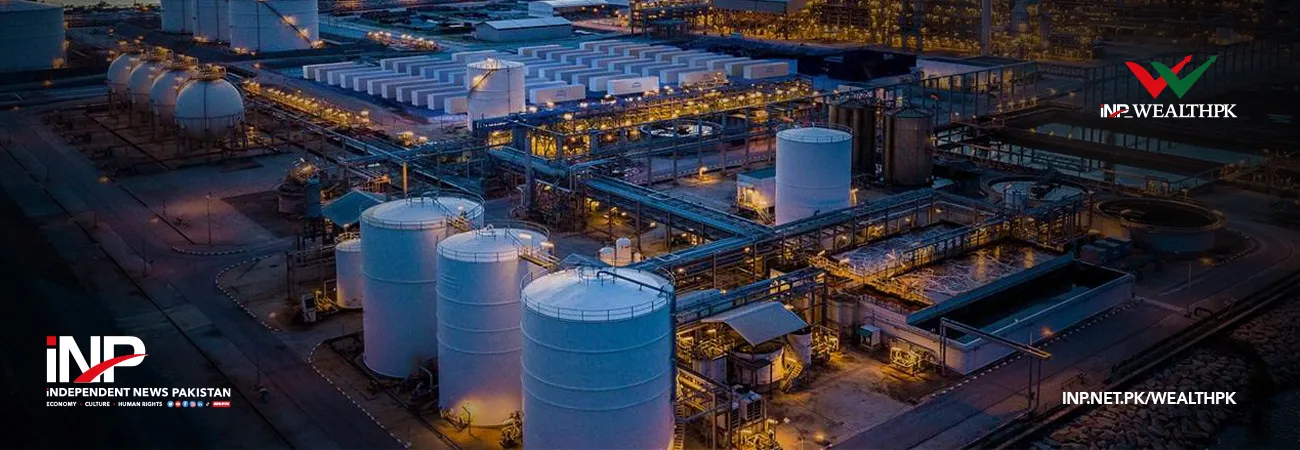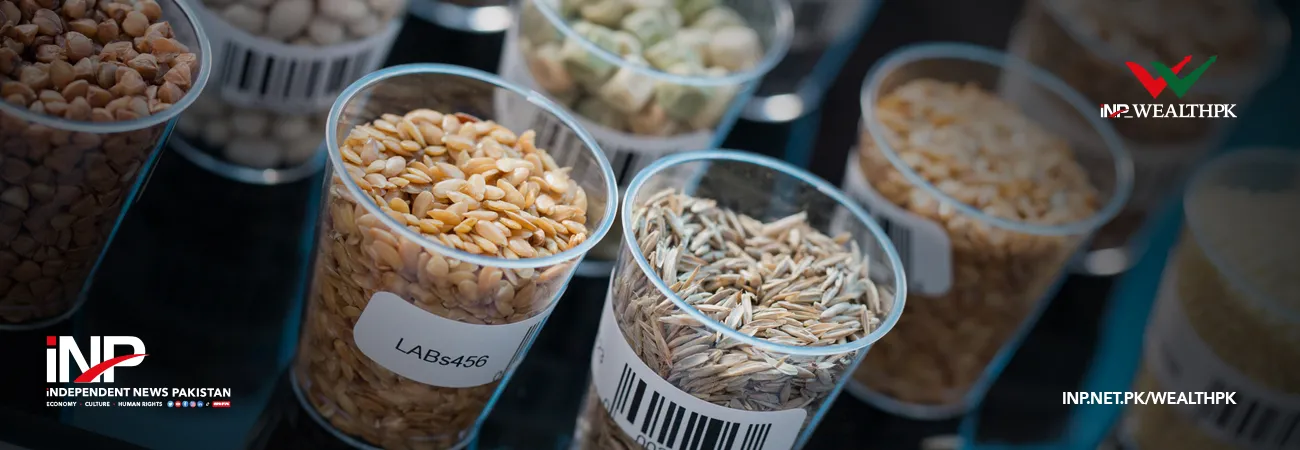INP-WealthPk
Naveed Ahmed
The rising oil prices in Pakistan necessitate greater focus on energy efficiency and a faster transition from fossil fuels to renewable sources, particularly in the transport sector, reports WealthPK. According to the latest research into green transport penetration in Pakistan conducted by the US-Pakistan Centre for Advanced Studies in Energy (USPCAS-E) at the National University of Sciences & Technology (NUST), by 2040 the hybrid vehicle and electric combustion scenarios would reduce CO2 emissions by 303.7 and 213.3 million metric tons respectively compared to the business-as-usual scenarios.
The savings in social cost will be US$10.1 billion in the hybrid vehicle scenarios and US$7.2 billion in the electric combustion scenarios compared to the business as usual. Moreover, in 2040, the transport sector will contain oil demand at the 2026 level by penetrating green transport in the economy. As per the Economic Survey of Pakistan, oil imports increased by 95.5%, crude oil by 74.53%, and the quantity of oil imported by 1.4%. In addition, the Oil Companies Advisory Council (OCAC) reports that the transport sector in Pakistan consumes 15,922,624 metric tons of oil.
The study emphasizes effective policy decisions to increase the share of green vehicles in the transport sector in order to reduce oil dependency. According to the research, the future of Pakistan transport is transitioning from the traditional transport to green transport. For the last two decades, different political parties have introduced different concepts of green transport. Projects like orange, green, and red line buses within cities support green transport in Pakistan. Moreover, Peshawar, Lahore, and Karachi are in the top categories of the world pollution index. Transport is a more significant contributor to the pollution in these cities.
The introduction of such services will provide fast mobility to the people while keeping pollution as a concern in their minds. In addition, the Pakistan Sustainable Transport Project has collaborated with the Centre for Regional Cooperation (CAREC) to provide technical support for reducing energy-related greenhouse gases in the transport sector. In future, such initiatives need to be initiated in order to improve fuel efficiency in transport, increase public awareness and strengthen the concept of green transport in Pakistan.
About 60% of the rural population lives in poorly accessible areas, with only 53% living within 2km of the main road, (calculations based upon the Rural Accessibility Index of the World Bank) which limits economic growth and development of the rural areas. The study concludes that the transport sector development needs to be more balanced, needing a coherent institutional framework and up-to-date legislation. Responsibilities for planning and developing transport infrastructure must be well-structed with clearly defined roles for various departments. Investments need to be allocated for projects with attention to long-term strategic goals. A means of sustainable and integrated transport is best achieved when all subsectors and related policies are aligned.
Credit : Independent News Pakistan-WealthPk













